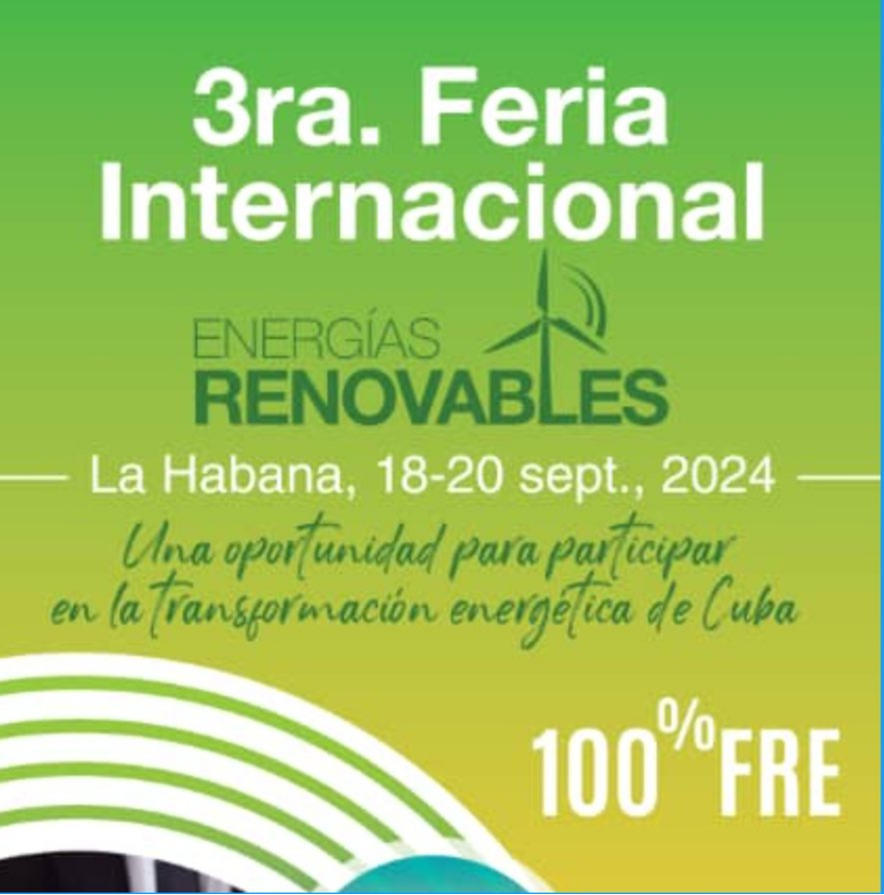
By María Josefina Arce
Next week, the Third International Fair of Renewable Energies and Energy Efficiency will be held in Havana, an opportunity to exchange experiences and knowledge that contribute to Cuba's strategy of changing its energy matrix.
This is imperative given the obsolescence of several of its thermoelectric plants and the difficulties imposed by the US blockade in the acquisition of parts and other means for the necessary maintenance, which many times have not been carried out on the required date, as the authorities have stated.
And Cuba is working on that path. As has been reported in due time, the country plans to install 92 photovoltaic parks by 2028, with the capacity to generate 2,000 megawatts of power.
Obtaining electricity from solar energy results in greater protection of the environment, since it does not use a finite resource, nor does it generate pollutants.
According to the Cuban Minister of Energy and Mines, Vicente de la O Levy, within a year and a few months, about a THOUSAND megawatts should be available, half of what was planned, which will also allow for considerable savings in fuel and therefore, in foreign currency.
This has led, of course, to a detailed study of the geography, climate and other variables to determine where each park will be installed.
Currently, the works required for the assembly of the panels of 30 of these large installations, with a capacity of 22 megawatts each, are already underway.
Last June, three other sites began operating, more modest but which already contribute 12 megawatts to the National Electricity System.
Donated by the Chinese Agency for International Development Cooperation, they are located in Villa Clara, Ciego de Ávila and Holguín.
One of the largest photovoltaic parks is being built in the eastern province of Holguín and is expected to be completed this year.
The Third International Fair of Renewable Energies and Energy Efficiency is a platform for access to markets and the identification of new energy investment opportunities in Cuba.
It will provide an opportunity to learn about the opinions of international experts and experiences that will enrich the Cuban strategy of advancing the use of so-called clean energies, a key objective for sustainable development, set by the United Nations.

